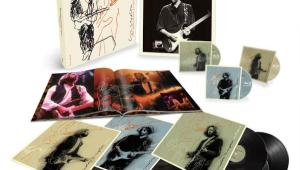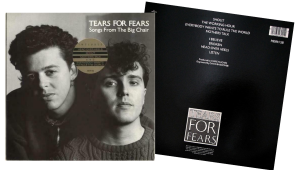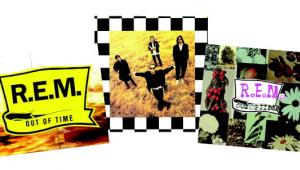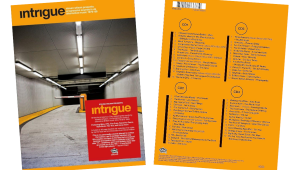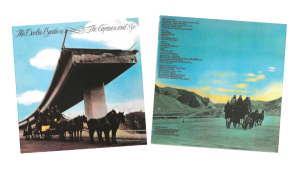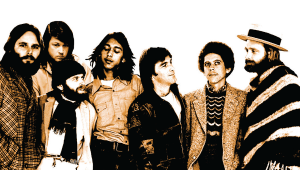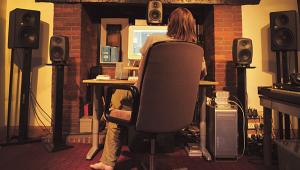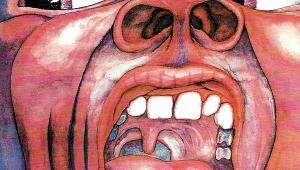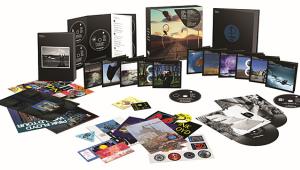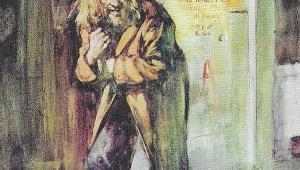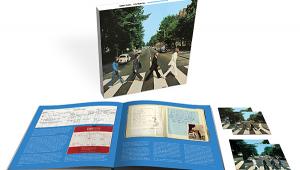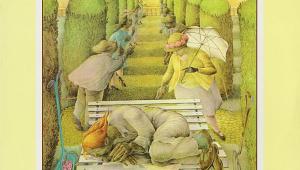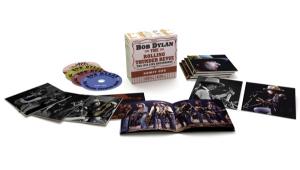Welcome to the Machines

The genius of Pink Floyd's music is intertwined with the genius of the recording of the music. And the innovative studio techniques used by the band and its producers and recording engineers are integral to the music. It's impossible to imagine The Dark Side of the Moon without vital creative touches such as the sound of clanging money or thumping heartbeats. Perhaps no other band has pushed the technical envelope so aggressively, or profited from it so enormously. The catalog of their works is one of innovation - both musically and sonically.
The Early Years
Pink Floyd's interest in experimental equipment and techniques for both live concerts and recordings was central to the band from the very beginning. "Astronomy Domine," the first track of their first album, 1967's The Piper at the Gates of Dawn, begins with manager Peter Jenner reciting the names of stars through a megaphone; beeping sounds emerge, and the guitar is processed with a Binson Echorec.
This early echo machine was cutting-edge in the '60s, uniquely using an analog magnetic drum recorder to produce delay. Pink Floyd used this device extensively on several albums, and in live performances. The band loved the Binson, and it established their reliance on high-tech devices to produce their trademark "sound."
The Azimuth Co-ordinator was another early high-tech device. Constructed by Bernard Speight, an engineer at Abbey Road Studios, it was the first panning device for quadraphonic sound, and Pink Floyd was the first band to use it. Keyboardist Richard Wright operated it by manipulating two joysticks, and it allowed audio to be panned between six loudspeakers placed in a hall.
For 1972's Meddle, the band refined earlier techniques and stepped up its experimental efforts. At the time, 16-track recorders were just starting to appear. The band was recording at Abbey Road, which was still using 8-track recorders. Stymied by the restrictions of those recorders, the band transferred their tracks to 16-track recorders at smaller studios and resumed work there.
Ironically enough, earlier, in 1967, when Abbey Road had only 4-track machines and was considering upgrading to 8-track, guitarist David Gilmour had advised them to skip 8-track and jump directly to 16-track. Abbey Road ignored him, believing that the 16-track format wouldn't succeed. (A year after buying their 8-tracks, Abbey Road realized their mistake.)
Meddle is filled with experimental effects. On "Echoes," a unique pinging sound was created by Richard Wright applying a single piano note to a Leslie speaker (a speaker using rotating drivers to create a Doppler shift), and another effect was created when Gilmour's guitar was accidentally plugged into the output of a wah-wah pedal. On "One of These Days," drummer Nick Mason sang his "One of these days I'm going to cut you into little pieces" line an octave higher than heard. It was recorded at double speed, then replayed at normal speed, and Roger Waters created a bass line using the trusty Binson Echorec.
- Log in or register to post comments

